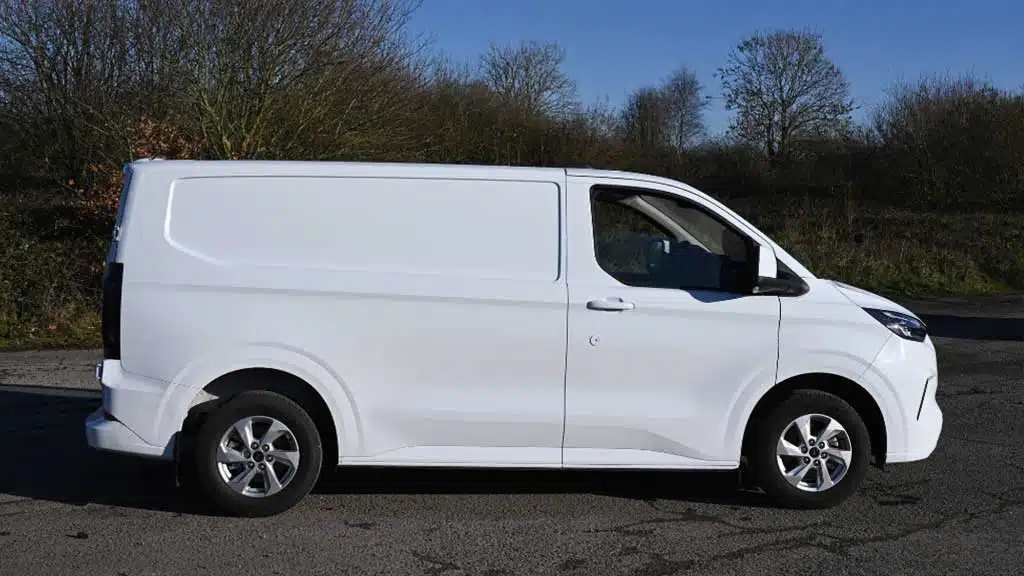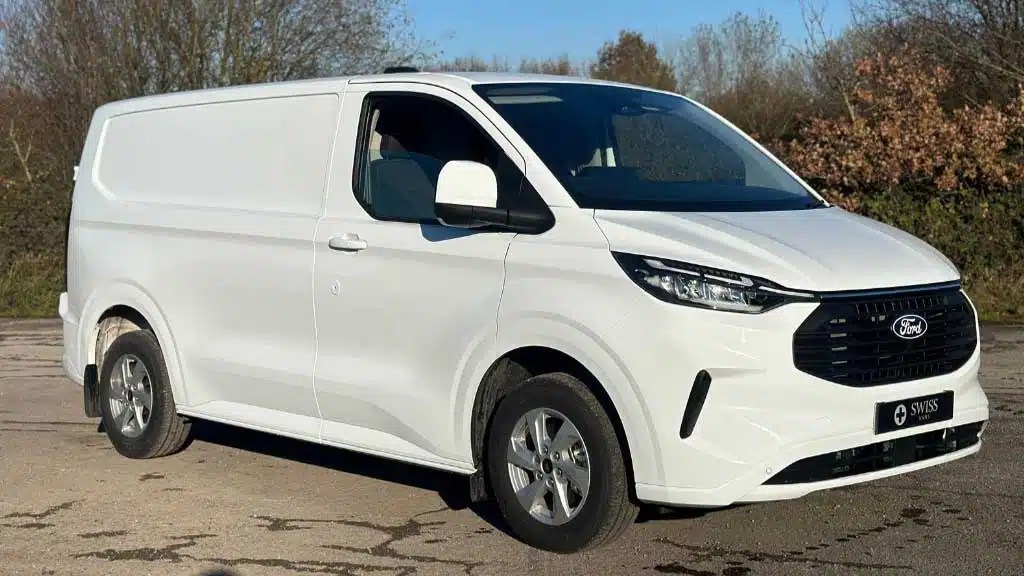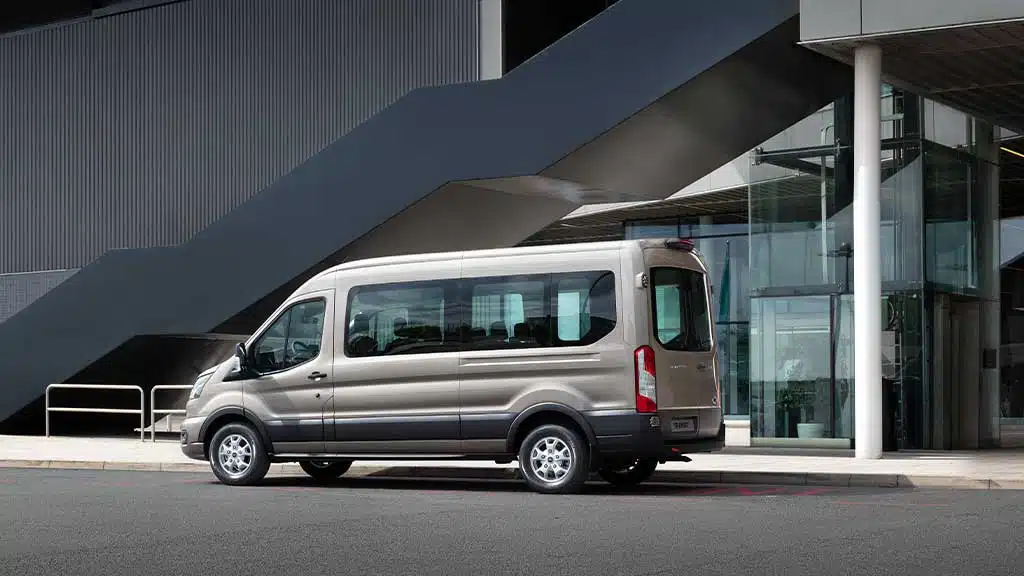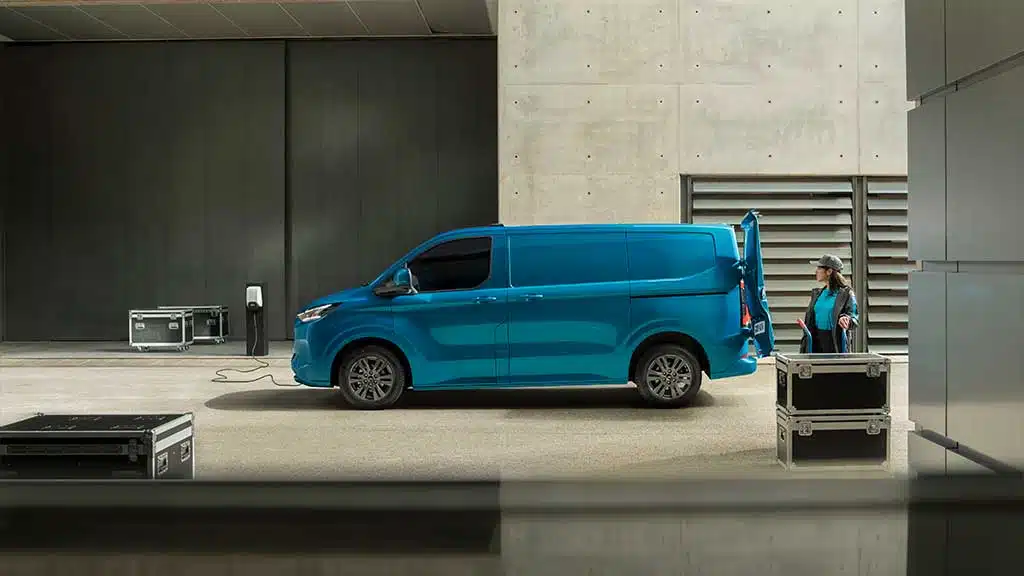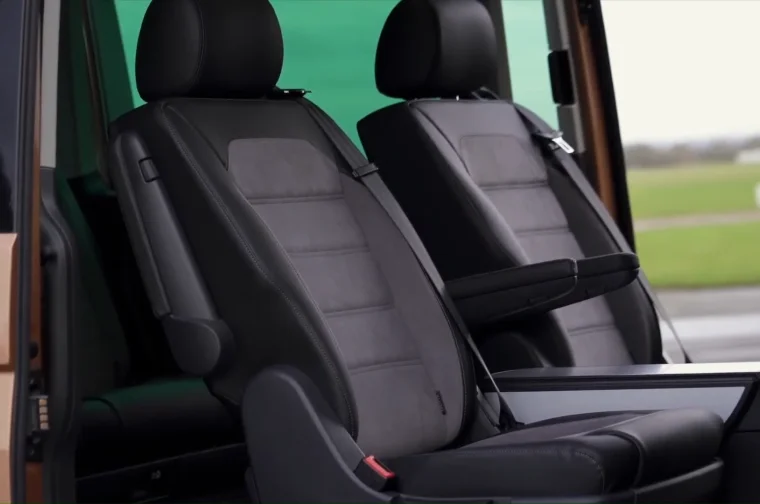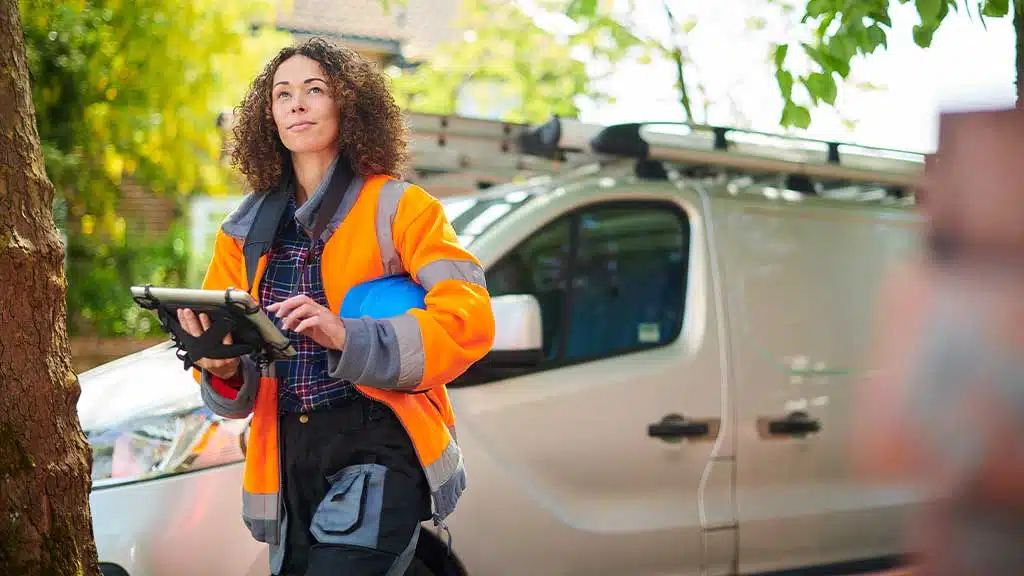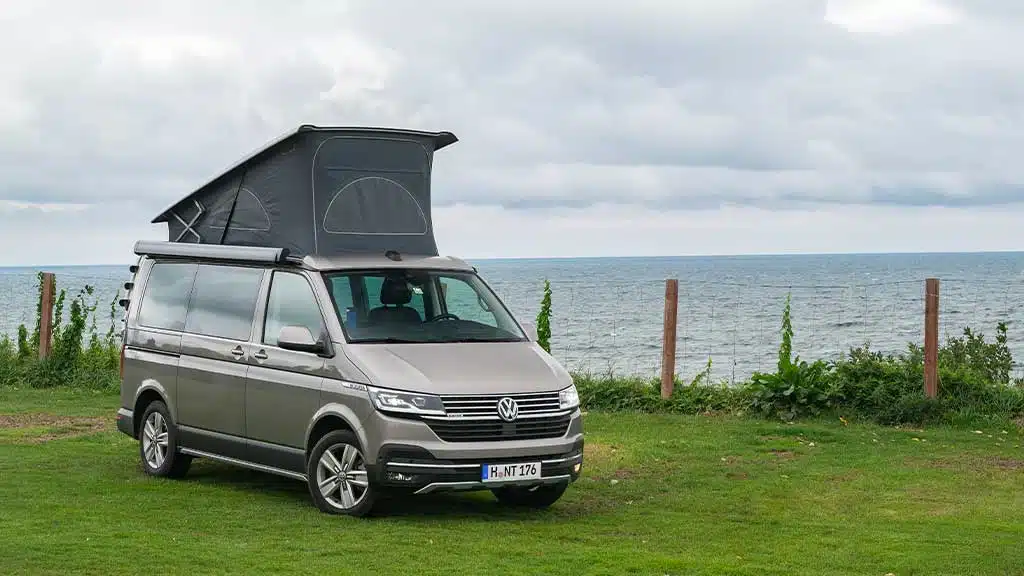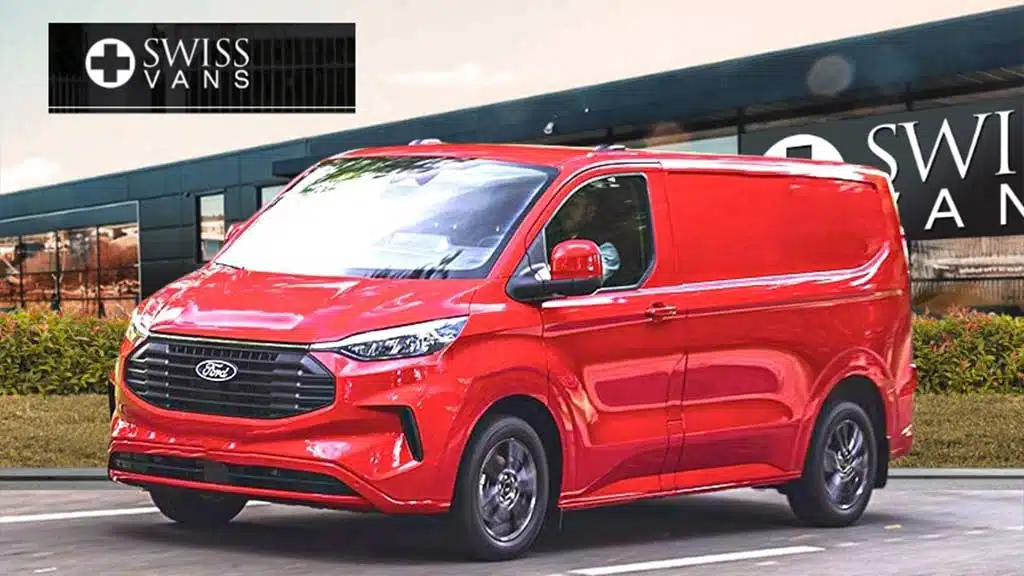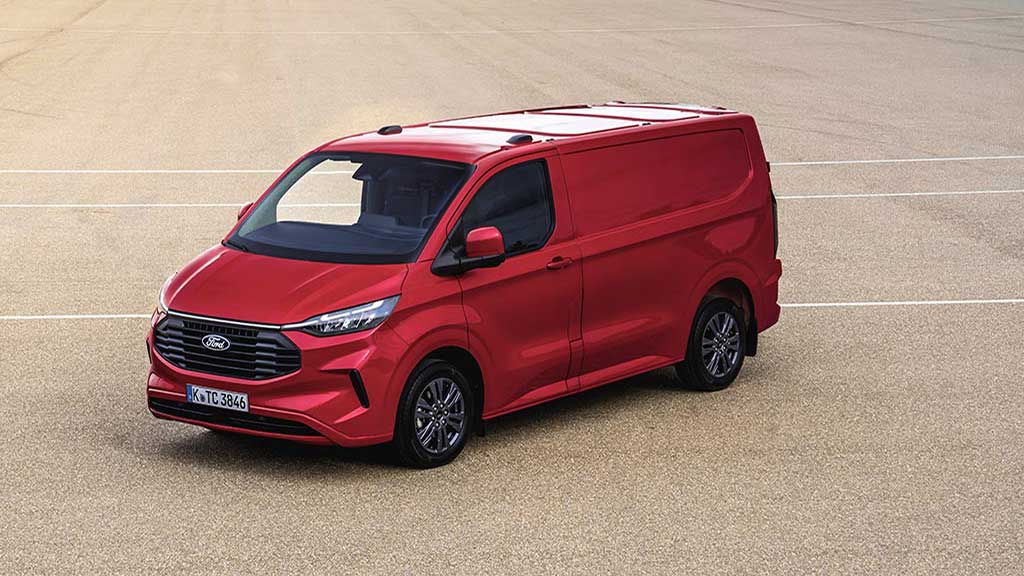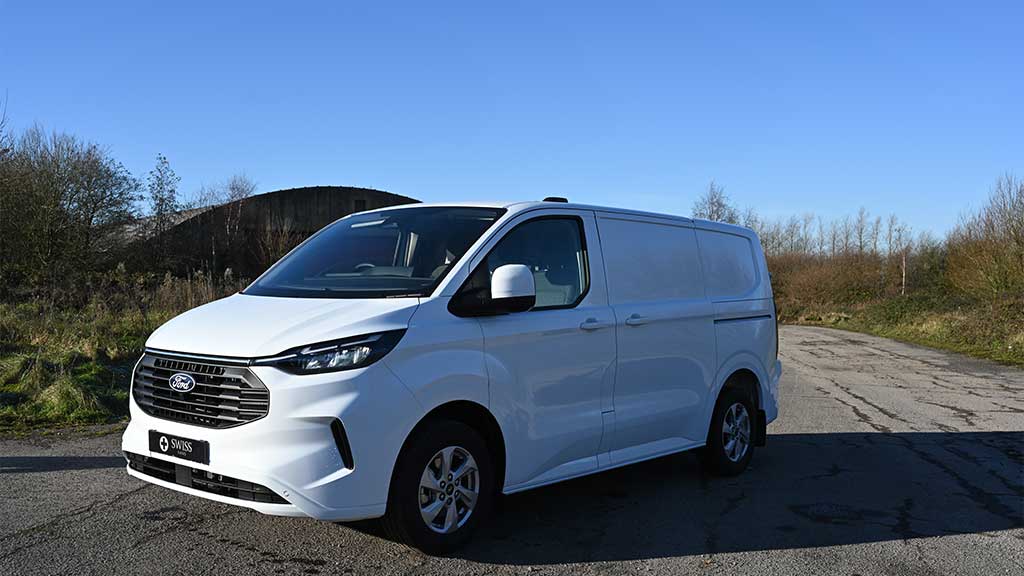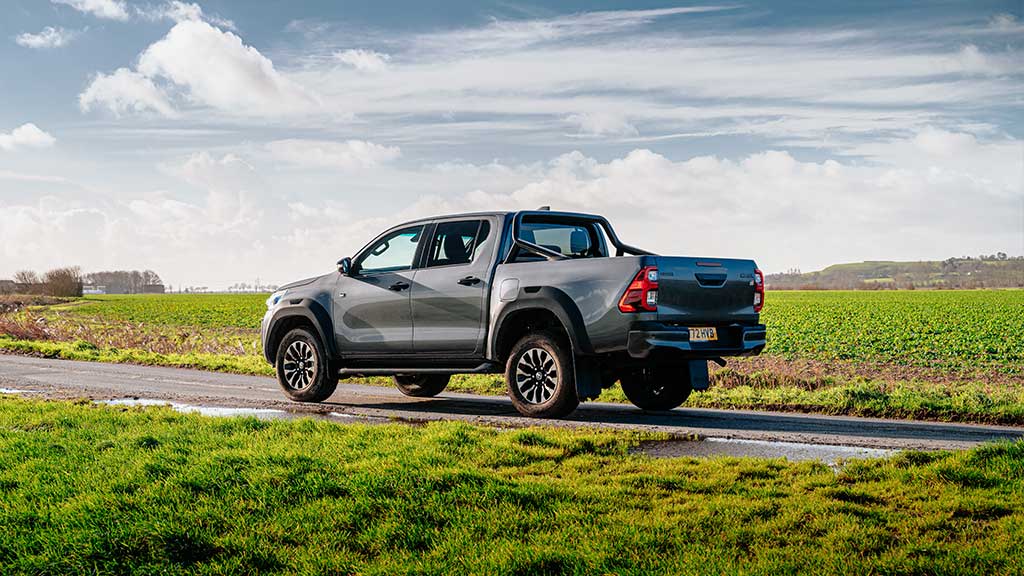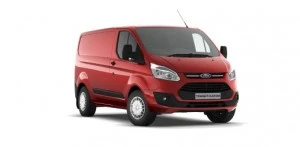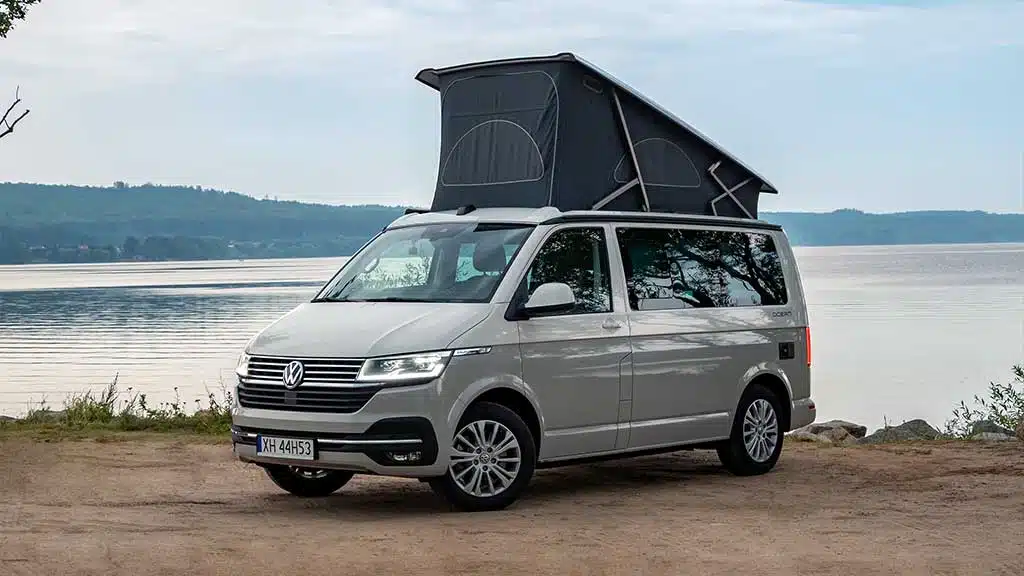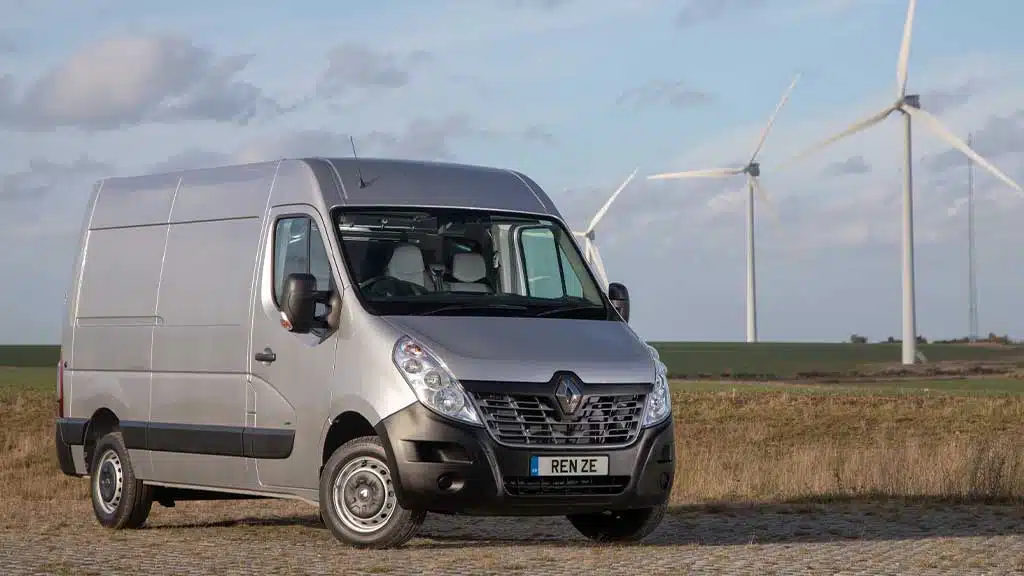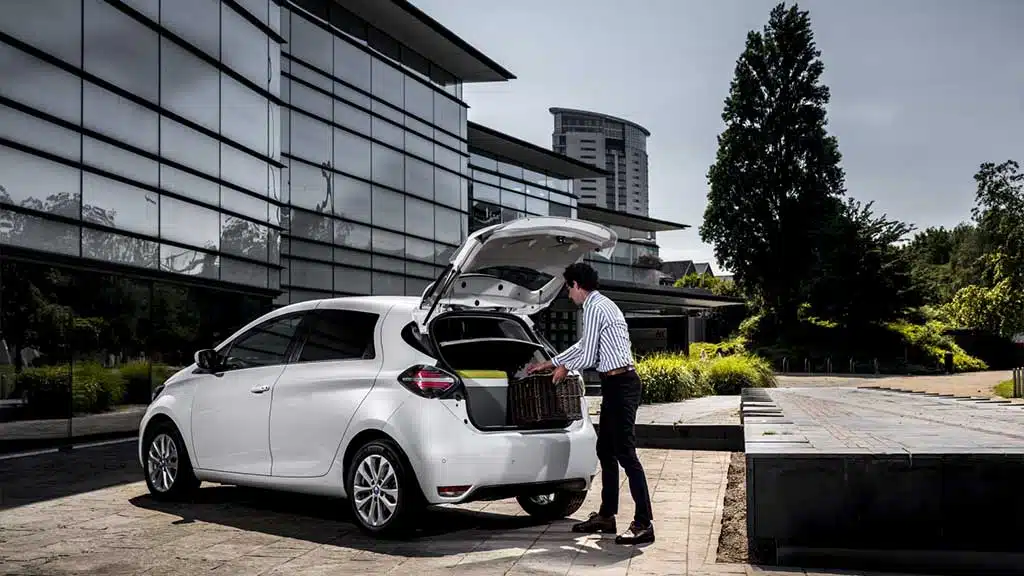Winter is almost here and with it comes snow and ice that cause more road accidents. When the temperature drops to 7°C, snow or none, acceleration, steering and braking are affected as normal (summer) tyres present less grip on the road. Nonetheless, very few drivers are convinced to use winter tyres and wheels during the cold months.
If you often drive your van through unploughed snow, slush, ice or frost, then you need winter tyres for extra handling, braking and tracking.
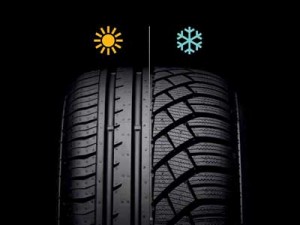 Winter Tyre Technology
Winter Tyre Technology
Winter tyres are specifically designed for use in colder weather. Such tyre has more sipes (grooves or slits) for increased traction. It contains more natural rubber and silica compound than a regular tyre to minimise hardening when it is cold. The tread stays flexible which helps in preventing snow build-up and aids in providing the much needed extra grip for greater safety. A superior winter tyre delivers from 25% up to 50% more traction than summer tyres. In some countries, steel studs are added on the tread pattern for better traction and grip when driving on hard ice. Winter tyres are labelled M+S (Mud + Snow) and an icon of snow-capped mountain or a snowflake.
The British Tyre Manufacturer’s Association conducted tests regarding the effectiveness of winter tyres. Tests conducted on ice show that even at 30km/h, vehicles fitted with winter tyres came to a full stop from half to full vehicle length shorter than the same vehicle on summer tyres. Without winter tyres, a vehicle is most likely to spin out of control or “fishtail” on corners.
Advantages of Winter Tyres
A 4×4 van will not provide the necessary safety measures to safely drive on ice as its Anti-Lock Brake System (ABS) vehicle dynamics control and traction control systems are restricted by the tyres’ grip. In short, ABS is not very effective in the cold season unless the vehicle is fitted with a set of winter tyres.
Winter tyres afford users:
• Excellent braking. Braking is vital when road conditions are poor. Winter tyres will effectively dig into ice and snow for superior braking.
• Superior Grip. A good set of winter tyres will grip on black or glaze ice if they are within their traction limits. If your vehicle begins to slide out of control, try to lightly steer the car to where you want to go on the road. Do not panic. As the car slows down, the tyres will start to grip on imperfections on the ice’s surface and in no time, will afford traction.
• Safety and Security. Current winter tyre technology presents tyres with closely-spaced sipes and shallower tread. These improvements carry away any water film created when tyres come in contact and press down snow or ice on the road. If you carry passengers in your van, they too will feel safer riding with your.
Since winter tyres’ grip on snow and ice is excellent, they will also grip and dig into asphalt and concrete roads. Aside from wearing out roads, winter tyres will quickly deteriorate. So, you should use winter tyres during the cold months and then when to switch back to regular tyres in the summer.
Checklist for Winter Tyres
Regularly check your tyres throughout the cold season to ensure maximum road safety. Make sure that tyre pressures check out against the car manufacturer’s suggested levels.
Air contracts at low temperature so for every 10° change in outside temperature, tyre pressure will go down by at least 0.2 bar. A tyre pressure of 2 bar at 20°C will fall to 1.8 bar at 0°C then to 1.59 bar at -20°C, which is 20% less than the recommended pressure. Maintaining the perfect air pressure for tyres is a must to ensure traction, good handling and durability.
There are cheap winter tyres and there are more expensive ones such as BMW winter tyres. Whichever brand you buy, you must make sure that the tyres have adequate tread. The recommended tread depth is 3mm where 1.6mm across the central ¾ of the tyre is the minimum.
It is best to buy separate rims for your winter tyres to save you cost and time in changing, balancing and aligning the tyres onto regular rims.
Storing Winter Tyres
You should store winter tyres in dry and cool locations such as the cellar or garage. Stacking them on top of each other or laying them flat on the floor is alright. Vertically storing them should be limited to a height of 4 tyres. Try to ask your tyre dealer for storage bags as these will prevent the rubber from drying and cracking. Put each tyre into a storage bag before stacking them. Remember to store tyres away from welding machines and electric motors.
Do you need winter tyres for your new van? Tell us when you order your new van from Swiss Vans. For your existing van, please contact customer service.
It is important to prepare your car for winter to ensure safety on the road. Winter weather can create hazardous driving conditions, which can be mitigated by preparing your car with appropriate equipment and maintenance. Just like the winter, it is also necessary to prepare your vehicle for the upcoming spring for efficiency, and longevity.



